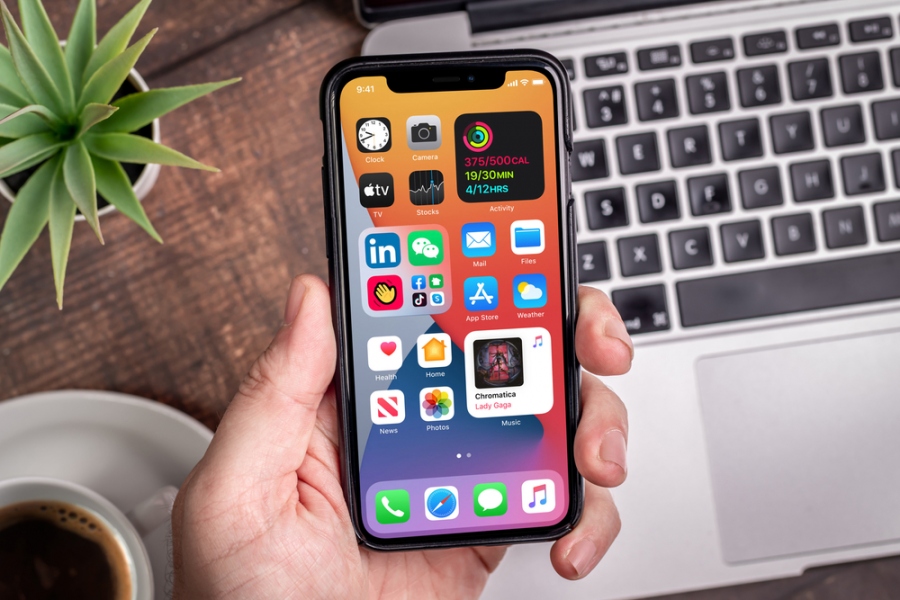Promoting A Website vs Mobile App: Differences In The Marketing Strategy
It is hard to expect that it is basically identical methodologies that are required to progress an application and a site. Both of them come under the advanced promotional domain, so what is the gap between them? There are certainly a couple of covers, comparable words, all of which need regular updates. However, almost all about the approaches to approach this comparison.
In the event you use the same showcase method as your platform, you will certainly move a low hanging organic product on to your submission. Browser stores and web indexes are two extremely excellent web spaces with distinct requirements, limits, and calculations. Focusing on your technique will help to affect anything you put especially when you are in healthcare app development.
Difference Between Promoting a Website and Promoting a Mobile App
If you’re using the same marketing strategy for your app as you are your site, you’re undoubtedly missing out on some low hanging fruit. Targeting your strategy can help leverage everything they have to offer. Let us go through the difference between the marketing strategy of promoting a website and promoting a mobile app:
-
Different Format
A website is on an external server open to someone else, an application must be downloaded on your personal computer by the user. A website’s purpose is to persuade users, such as buying a product or reserving an appointment, to convert by completing a certain call to action.
The first purpose is to get the user to install mobile applications.
However, the challenge becomes continued interaction once the app is downloaded. Mobile apps have low levels of retention, so app developers must continually seek innovative ways to create excitement and keep users coming back to the app. For example, many apps use the badge icon to indicate there are messages.
-
Different Group of Audience
In reality, depending on what they are doing online, healthcare app development users appear to jump between desktop, smartphone, and tablet. Marketers should follow an all-round strategy, enabling consumers to experience the brand with all their products seamlessly.
The visibility of ratings and feedback in app stores is another interesting disparity in consumer behavior. The rating of an application has a significant effect on the user’s download decision. Most websites are not looking at applications in this way at an early point. On the other hand, the driving app installs can be very effective.
-
Different Marketing Funnels
Their marketing funnels are also entirely different because of the different formats and user behavior of websites versus applications. As previously mentioned, a user needs to convert (install the app) in order to get active. The app is obtained at the beginning of the funnel, while the conversion is always the final stage for a Web site (whether it is a purchase, an application for a demo, or another measure).
Both funnels start with recognition, but the funnel app moves straight into purchase and retention, while the web funnel takes it slowly and encourages the visitor to convert. In other words, the app marketing funnel travels quicker and calls for a more proactive, action-oriented approach.
-
Different Strategies
SEO (Search Engine Optimization) is one of the main website promotion techniques. Strong SEO brings your healthcare app development higher on the search engine results list that contributes to more organic traffic.
SEO is similar to ASO (optimization of the app store). You must use all of the techniques at your disposal to help you see the application with literally millions of applications in the app shop and ASO is a huge way to do it.
-
Different KPIs
There are various funnels, marketing campaigns, and user behavior. Is it any wonder that KPIs are different from KPIs? You need to take considerations such as page views, bounce rates, average time on page, conversion rate, and even page time loads into account when assessing your website results.
The KPIs you set will depend on what you want to do with your website. Conversion rate is a big KPI for an application and a website. Nevertheless, the site and app analytics work in multiple fields and must be discussed separately. There are may different types of KPI using with new web design trends.
Conclusion
Calculations of organic positioning: they recognize application and site catchphrases, popularity, and fame. Exploration of keywords should be carried out for both. This is a vital transparency device for new customers and can support both site and application tools. The metrics we use for this are similar to both, for example, catchphrase problems and search volume
Mobile and web attribution must meet periodically to find an all-embracing way to deal with attribution when recognizing that many consumers shift between two phases. In this article, we served you with a definite purpose of major differences between promoting a website and promoting a mobile app. It can be confusing, especially when you are coming from the healthcare app development sector, but it is worth every penny.
About Author: Mr. Aman Mishra is the CEO of TechGropse Pvt Ltd.; Mobile app development company. He has long-term experience in the Software Industry and holds his expertise in many different technologies. Also, Mr. Aman has authored many blogs on different topics of the industry such as mobile app development, Android app development services, blockchain app development services, flutter, etc.
You can reach to me for more mobile app development trends.

